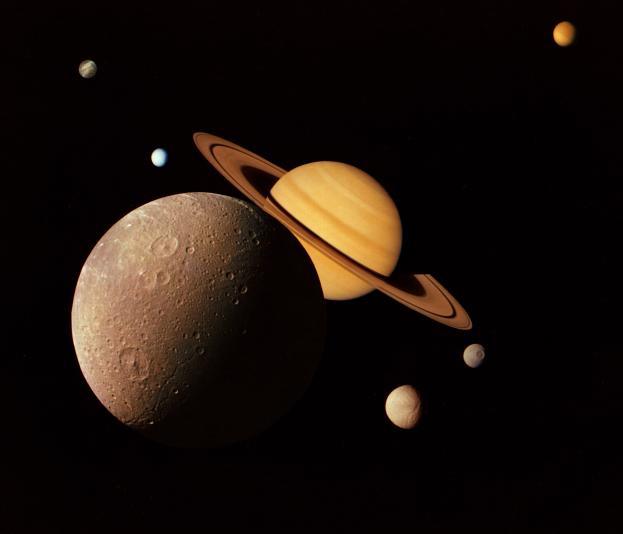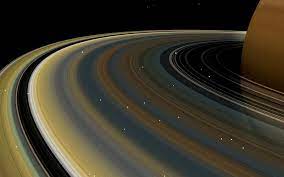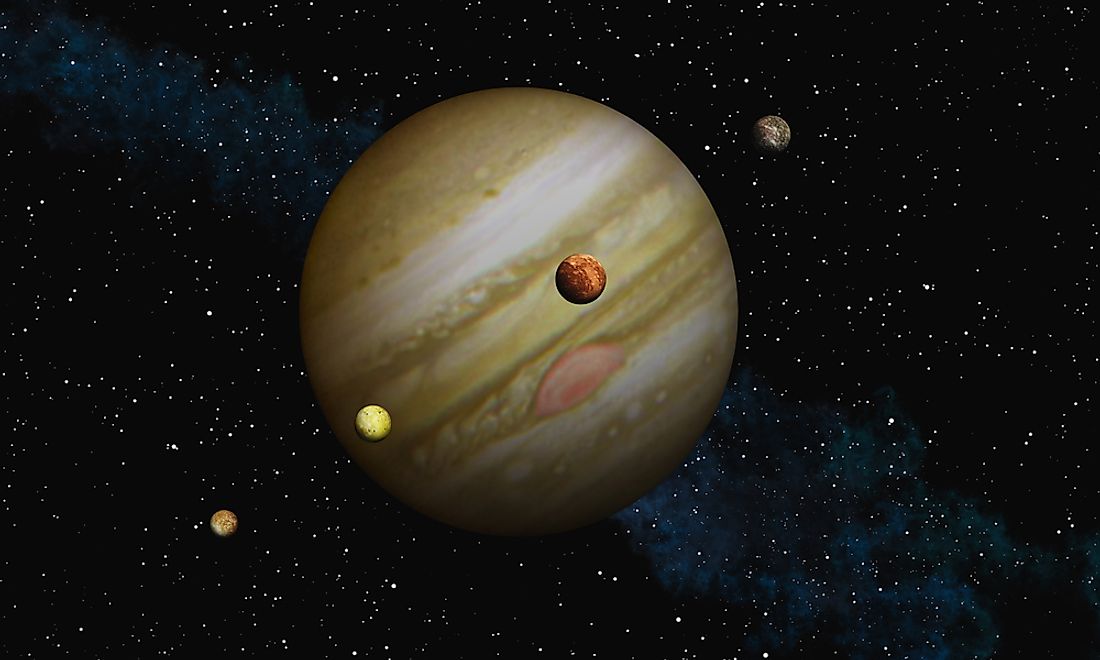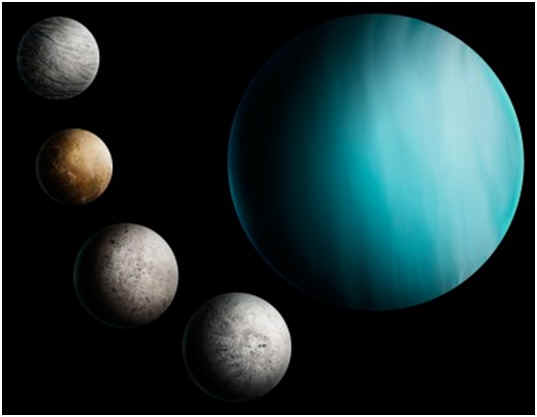The Discovery of Cells
|
You are very fortunate to have been born when you were. Throughout most of human history, scientists knew very little about life and how it works. It was not until 1665 that a scientist by the name of Robert Hooke first discovered the existence of cells. |
|
While using the newly invented compound microscope to look at a thin slice of cork, Hooke saw tiny room-like structures that he named cells. The cells that Mr. Hooke saw through his microscope were all dead, because the cork came from a plant that had long since died. |
Nearby, a Dutch scientist by the name of Anton Van Leeuwenhoek was also using his microscope to look at things. Anton Van Leeuwenhoek decided to try and look at things that were still alive, like blood, and saliva from his mouth. Mr. Leeuwenhoek also looked at rainwater through his microscope.
|
What did Anton Van Leeuwenhoek see through his microscope? He was surprised to find what looked like tiny animals. He named these animals “animalcules.” |
|
Years later, as microscopes improved, other biologists were able to continue the work of Hooke and Leeuwenhoek, learning more about cells. German biologist Matthias Schleiden discovered that every part of a plant he looked at was made of cells. Another German scientist by the name of Theodor Schwann discovered that every part of an animal he looked at through a microscope was made of cells. |






